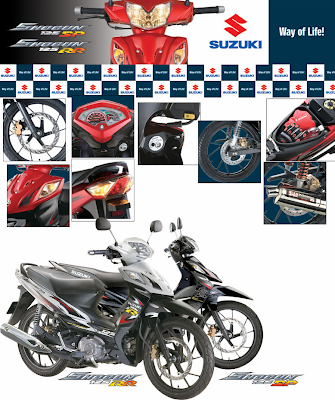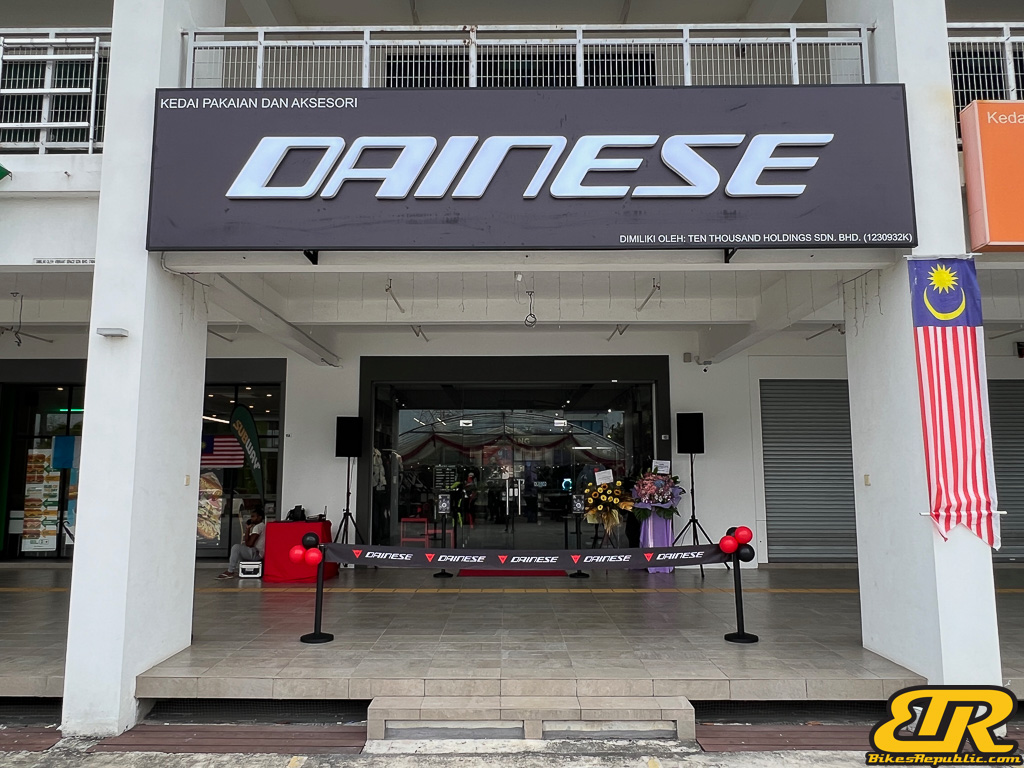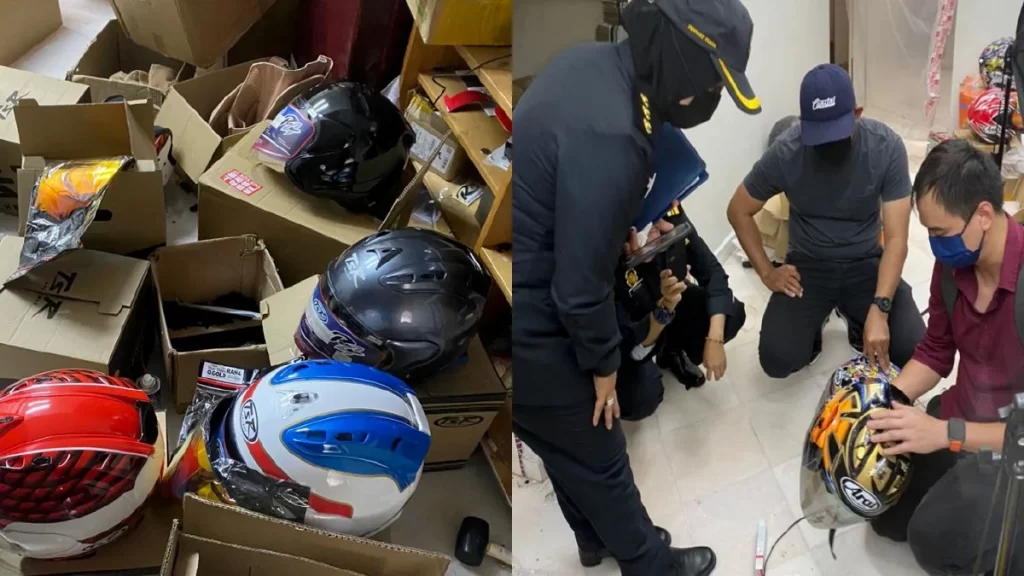Again, I can’t resist the temptation given by this bike that makes me wanted to feature it in this blog. Honda Wave 125X is one of the new bike introduced in Malaysia this year along with Suzuki Shogun, Yamaha Lagenda 110ZR, Naza Prisma and Modenas Kriss 120.
I use Honda C70 long time ago when I was at university. It was a very reliable bike. You can drive it anywhere and the maintainance is very low. I remember at that time I used to fit the C70 with oversize carburetor that is RX-S carburetor for 115cc bike. The power and torque from it is very large but the piston and original block seem to be able to take all the pressure and stress.
Honda is reliable and reliability is Honda. Honda Wave 125X here also have the same spirit with other Honda Cub series being reliable and indestructible.
The styling of the Honda Wave 125X is good but nothing more than that compared to Yamaha LC135, Lagenda ZR and Suzuki Shogun 125SP. Everything that Honda have here is very basic and very traditional. You can see it still use double shock system, 125cc engine and rear drum brake.
The exhaust got a little bit of modification with the race-style muffler just like Suzuki Shogun or like the AHM exhaust.
For more information, click here.
I use Honda C70 long time ago when I was at university. It was a very reliable bike. You can drive it anywhere and the maintainance is very low. I remember at that time I used to fit the C70 with oversize carburetor that is RX-S carburetor for 115cc bike. The power and torque from it is very large but the piston and original block seem to be able to take all the pressure and stress.
Honda is reliable and reliability is Honda. Honda Wave 125X here also have the same spirit with other Honda Cub series being reliable and indestructible.
The styling of the Honda Wave 125X is good but nothing more than that compared to Yamaha LC135, Lagenda ZR and Suzuki Shogun 125SP. Everything that Honda have here is very basic and very traditional. You can see it still use double shock system, 125cc engine and rear drum brake.
The exhaust got a little bit of modification with the race-style muffler just like Suzuki Shogun or like the AHM exhaust.
For more information, click here.


















